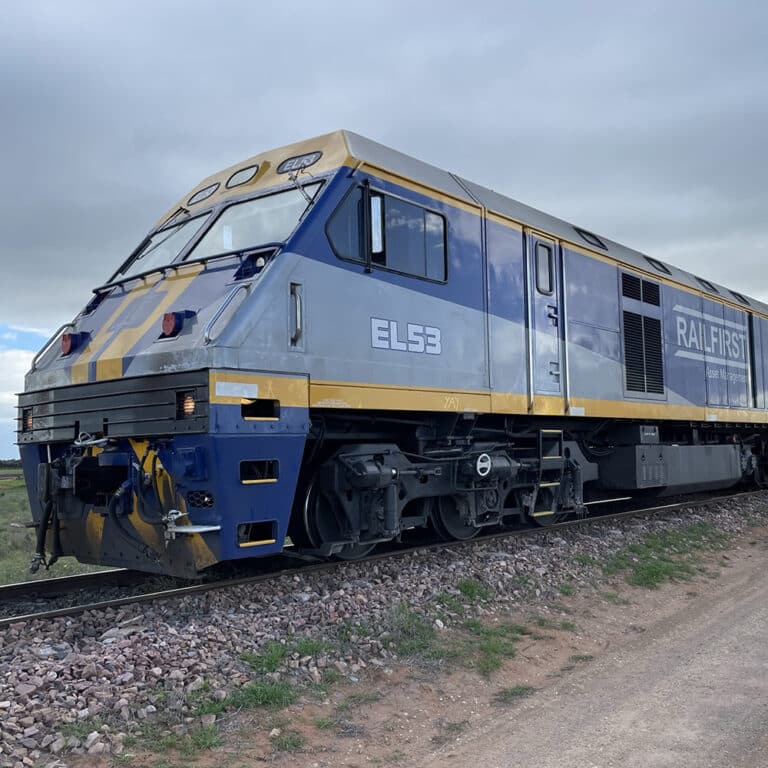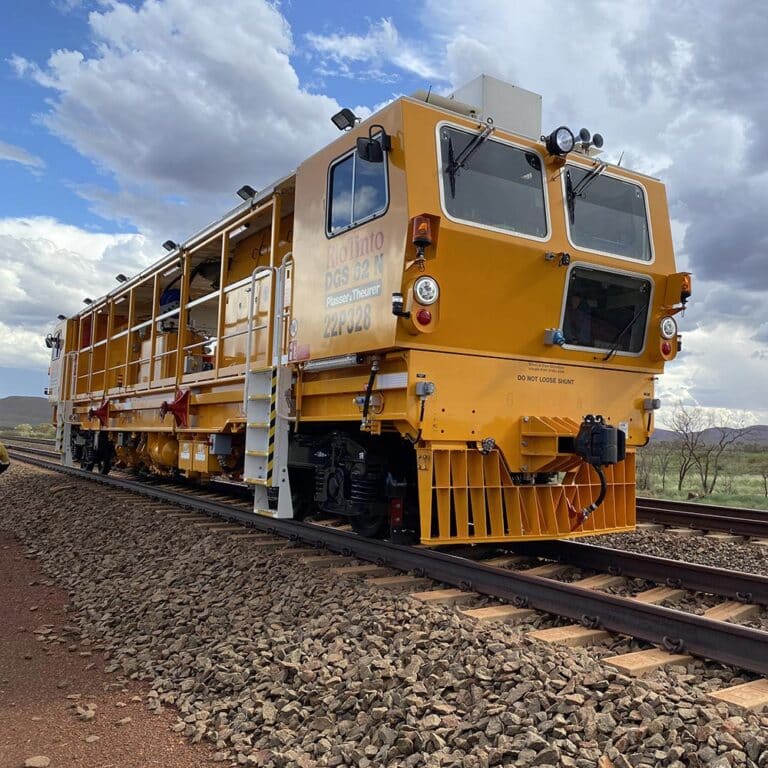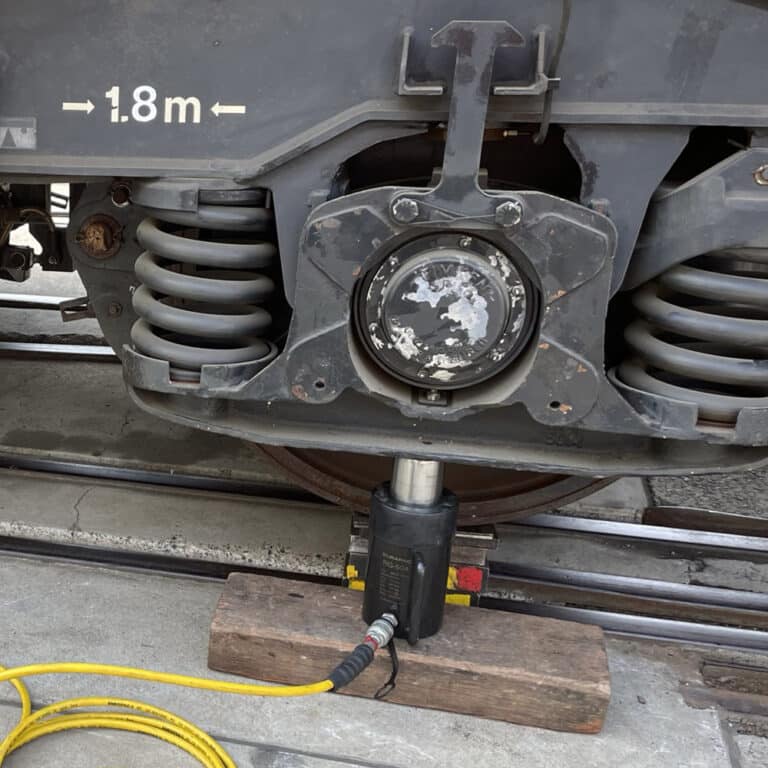Since the Rail Industry Safety and Standards Board (RISSB) released AS7501, Independent Certification has increasingly become part of the rolling stock acquisition project compliance landscape. To get the full value from the process, it is important that independent certification is not seen as a box-ticking exercise.
There are good reasons for implementing the AS7501 process when procuring new rolling stock. In his paper at the 2013 AusRail Conference, Ian Mash has the Fat Controller booming: “The paper train – this is the cause of cost, confusion and delay”. [1] While some may hold this view, perhaps we should consider some of the benefits of the independent certification process.
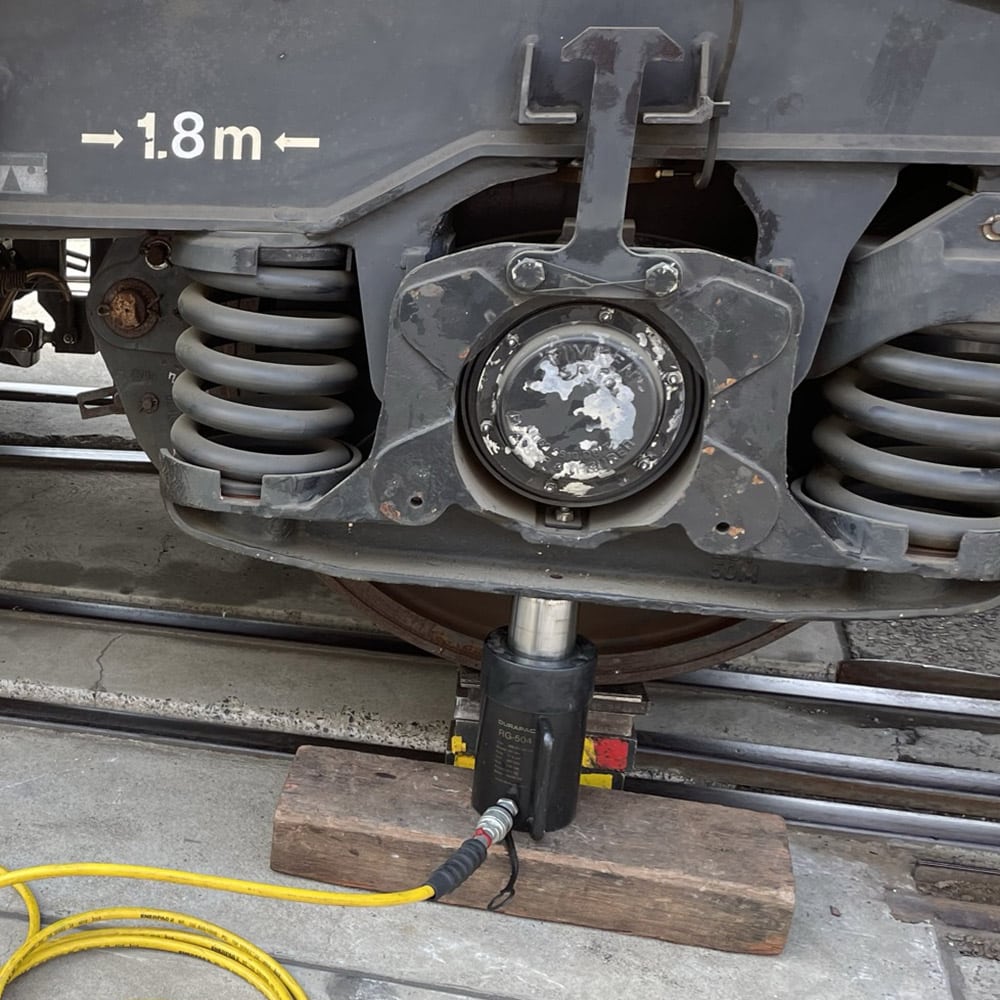



Some benefits to consider are:
1. Safe and reliable train operations
Rolling stock standards are developed using the collective knowledge of the industry subject matter experts. It is therefore prudent to utilise this knowledge in the design, construction and testing of the rolling stock. Assessing compliance to standards can be a key pillar of safety assurance.
2. Priority on standards
The focus of an Independent Certifier is primarily on standards compliance. They do not have the competing priorities of others who are involved in the project.
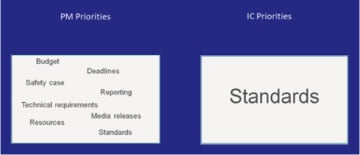
3. Independence of process
In section 4.1, AS7501 states that the ICP needs to demonstrate that they are independent from the rolling stock acquisition, design, and construction process. Independence is one of the key benefits of the IC process. The IC can stand apart from the deadlines that drive the others in the procurement process.
4. A different perspective
The independence of the IC brings another advantage to the compliance process, a different perspective. When a group of people come together in one team, there is a risk that groupthink can creep in. The commendable goal of shared objectives can end in a culture that lacks diversity of thought and the discouragement of challenging proposals. An independent group can highlight risks that have not been considered and challenge how risks are controlled.
5. Reduce organisational risk
For most rolling stock operators, rolling stock operation and maintenance will contribute a key portion of the risk that the organisation needs to consider. Through the IC process, many of these risks are considered and addressed. The independent certification process provides a level of rigour to the process, introducing an evidence-based methodology across the design, construction, and testing phases of the acquisition project, ensuring that there is a solid structure around many of the key risks associated with the introduction of new rolling stock.
6. A store of important data
Key standards compliance information will be stored in consolidated records. This is invaluable for later investigations. In reliability and incident investigations, having access to the original rolling stock procurement history technical information is crucial. In some cases, the RSO cannot provide the requested data, leading to a significant gap in knowledge. Access to historical data results in better decisions right through the rolling stock life cycle, and the independent certification process can be a storehouse for some of this key technical data.
AS7501 was developed to provide a standard method for certifying rolling stock compliance to facilitate network registration of rolling stock. Leveraging the experience gained through the adoption of this and other RISSB standards, it should be possible to move towards a common nationwide registration process.
We can look back and see how the Australian rail industry got to its present state, including how the lack of interoperability across so many fronts occurred. There were several decisions by various politicians in the mid-1800s that resulted in different rail gauges being introduced across the country. This led to a lack of standardisation in so many design parameters.
While the origins of the dysfunction occurred quite quickly, it was not until 2004 that a standard gauge railway was finally completed between all mainland capital cities. There have been other wins for interoperability such as the development of the ICE radios and the formation of ONRSR, but there is still much more work to do.
A common rolling stock registration process across the country is possible.
[1] Mash I D. Building The Paper Train To Avoid Cost, Confusion And Delay. Paper presented at AusRail PLUS; Sydney; 2013 Nov 26-28.
To get the full value from the process, it is important that independent certification is not seen as a box-ticking exercise.

Michael Horgan
Principal Consultant




